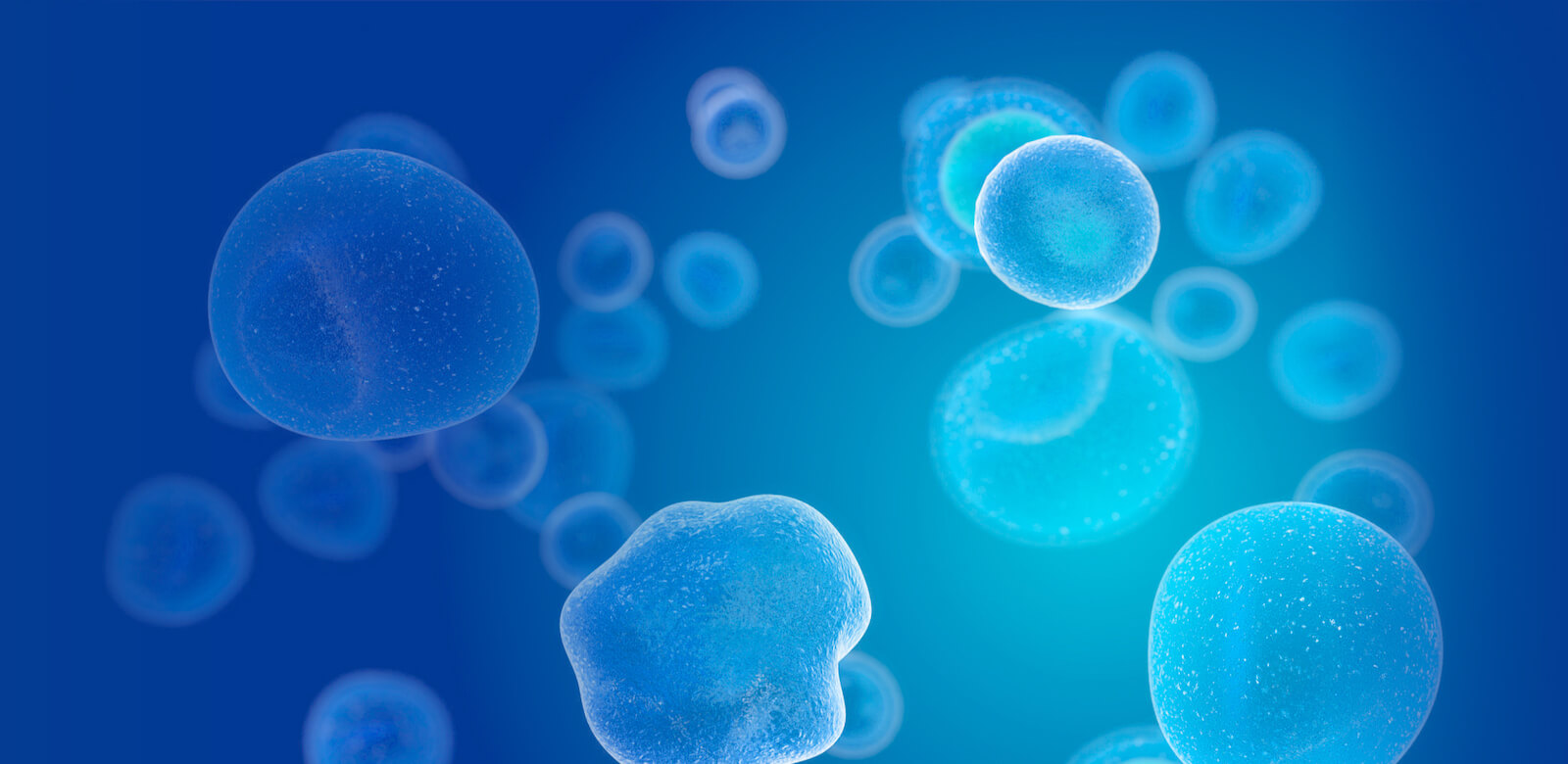 Published: November 1, 2019
Published: November 1, 2019
Contents
How Are Different Stem Cells Harvested?
All humans begin as a zygote, or a single fertilized egg, consisting of only one cell. This single celled zygote then divides itself into two cells, then four cells, then 8 cells and so on. Eventually, throughout development, these cells begin to take on a certain function within the body, like muscle cells that form to grow muscle tissue, allowing movement by connecting to bone. The function of having these specialized cells is done through a process called differentiation. Not all cells, however, end up being differentiated. These cells are called stem cells and have had a remarkable impact on modern medicine today.
Stem cells are found in various parts of the body and still have the surprising ability to develop into the majority of other types of specialized cells that have already been differentiated throughout the entire body, like red blood cells or brain cells. Since stem cells have yet to be differentiated, they can make an exponential number of copies, whereas other cells in the body can only make a limited amount of copies before they begin to break down.
In many organs and tissues, stem cells serve as a kind of integral, internal repair system, dividing almost indefinitely to replenish other cells in areas where the tissues may have been damaged from various ailments or disease. When these stem cells divide (or make a copy of themselves), they either remain a stem cell or they differentiate to play a role in a certain part of the body. Since stem cells have the ability to turn into other cells, scientists and doctors have found that they can be extremely useful for treating and understanding disease.

Types of Stem Cells
There are several types of stem cells; embryonic stem cells, fetal stem cells, tissue-specific stem cells, and induced pluripotent stem cells.
Embryonic Stem Cells
Embryonic stem cells are derived from embryos, as their name suggests. Most of the embryonic stem cells that are used in stem cell research today are derived from unused embryos that have been fertilized through an in vitro fertilization process that was performed at a medical clinic. Then they are donated, with informed consent, by donors for research and medicinal purposes.
Human embryonic stem cells are considered to be pluripotent, meaning they have the ability to develop into any other type of cell found throughout the entire body, aside from placenta and umbilical cord tissues. To harvest embryonic stem cells, scientists remove them from the blastocyst, a mostly hollow cluster of cells that forms 3-5 days after an egg has been fertilized.
These cells can potentially be used to replace or restore tissue that has been damaged by injury or disease such as diabetes, heart disease, Parkinsons, or a spinal cord injury.

Fetal Stem Cells
Another way stem cells can be harvested is through what is known as umbilical cord blood banking. Today, many expectant mothers are asked to store some of their umbilical cord blood, which is typically discarded. However, umbilical cord blood contains embryonic stem cells that can be grown in a culture. These types of stem cells are multipotent. Unlike stem cells that were harvested at an earlier age in development, fetal stem cells can only differentiate into a limited number of cells.
Umbilical cord blood also contains haematopoietic stem cells, similar to those found in bone marrow, and can be used to regenerate red blood cells and cells of the immune system.
Tissue specific stem cells, often referred to as somatic stem cells or adult stem cells, are more specialized than embryonic or fetal stem cells. They are only able to produce varying cells for the specific tissue or organ they live in. For example, haematopoietic (blood forming) stem cells are found in bone marrow and are only able to generate more cells that are found in the blood, such as red blood cells, white blood cells, or blood platelets. Meaning, tissue specific stem cells found in the blood do not have the ability to produce cells that are found in the liver, and vice versa.
Mesenchymal stem cells are another type of stem cell considered to be somatic, whereas they are multipotent and specialize to produce different cells specific to the skeletal system. They are able to form cartilage cells (chondrocytes), bone cells (osteoblasts), and fat cells (adipocytes).
Adult stem cells can be harvested from small caches in isolated and specific parts of the body, such as bone marrow. These small pockets are meant to maintain the area from which they were derived. These types of stem cells can also be harvested from amniotic fluid to potentially treat birth defects, and from other pluripotent stem cells, as they are able to differentiate into many other forms.
Induced Pluripotent Stem Cells
Induced pluripotent stem (iPS) cells have been engineered in a lab by scientists, converting tissue-specific cells, such as skin cells or blood cells, into pluripotent cells that now act as if they are embryonic. Like embryonic stem cells, they are able to differentiate into any cell found within the human body but they do come with several differences that scientists are still trying to discover and understand.
Induced pluripotent stem cells are able to be programmed to function like other embryonic stem cells and have been used to provide cancer-free blood to dying patients. They are also being used to make new discoveries about premature aging, congenital heart disease, osteoarthritis, diabetes, along with many others.

While scientists are still making new discoveries and learning the full scope of how stem cell research can fully benefit those who may be suffering from a wide range of diseases, research has proven that not only are they a key fundamental to the longevity of vital organ and tissue function but that they are also crucial to the healing process. It may be a topic newer to the discussion, but stem cell therapy has been around for a time period longer than 30 years. Just the same with any industry, it is constantly growing and evolving to offer more life-saving technology to those who need it. Now that you may have a better understanding of what stem cells are and how they are used, keep in mind what stem cell therapy can offer you or a loved one today.





